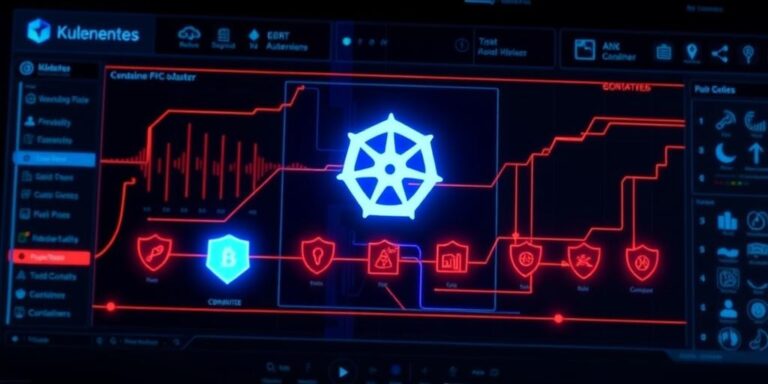Securing Containerized Applications: Kubernetes Security in 2025
As containerization and Kubernetes adoption continue to surge, securing these environments becomes paramount. This post explores the evolving landscape of Kubernetes security, offering insights into best practices and emerging technologies for 2025.
The Growing Importance of Kubernetes Security
Kubernetes has become the de facto standard for orchestrating containerized applications. However, its complexity introduces security challenges that, if unaddressed, can lead to significant vulnerabilities. Securing Kubernetes environments requires a multi-layered approach, encompassing various aspects from configuration to runtime protection.
Key Security Considerations for Kubernetes
- Configuration Hardening: Proper configuration is the foundation of Kubernetes security. Misconfigurations are a common entry point for attackers. Regularly review and enforce security policies using tools like Open Policy Agent (OPA).
- Network Policies: Implement network policies to control traffic flow between pods and services. This micro-segmentation limits the blast radius of potential attacks.
- Image Scanning: Scan container images for vulnerabilities before deployment. Integrate image scanning into your CI/CD pipeline to catch issues early.
- Runtime Security: Employ runtime security solutions to detect and prevent malicious activities within running containers. Tools like Falco and Sysdig provide real-time threat detection.
- Access Control: Enforce strict access control using Role-Based Access Control (RBAC) to limit user and service account permissions.
- Secrets Management: Securely manage sensitive information such as API keys and passwords using Kubernetes Secrets or dedicated secrets management solutions like HashiCorp Vault.
Emerging Trends in Kubernetes Security
- Service Mesh Security: Service meshes like Istio enhance security by providing features such as mutual TLS (mTLS) for secure communication between services.
- eBPF for Enhanced Observability: Extended Berkeley Packet Filter (eBPF) offers powerful capabilities for monitoring and securing Kubernetes workloads with minimal overhead.
- AI-Powered Threat Detection: Artificial intelligence and machine learning are increasingly used to detect anomalous behavior and predict potential security threats in Kubernetes environments.
- Zero Trust Architecture: Implementing a Zero Trust approach ensures that no user or service is trusted by default, requiring continuous verification.
Best Practices for Kubernetes Security in 2025
- Automate Security: Integrate security into your CI/CD pipeline to automate vulnerability scanning and configuration validation.
- Regularly Update and Patch: Keep your Kubernetes clusters and container images up to date with the latest security patches.
- Monitor and Audit: Continuously monitor your Kubernetes environment for suspicious activity and maintain detailed audit logs.
- Educate Your Team: Provide security training to your development and operations teams to ensure they understand and follow security best practices.
Conclusion
Securing containerized applications in Kubernetes requires a proactive and comprehensive approach. By understanding the key security considerations, adopting emerging trends, and following best practices, organizations can effectively protect their Kubernetes environments in 2025 and beyond. Staying informed and adaptable is crucial in the ever-evolving landscape of Kubernetes security.




